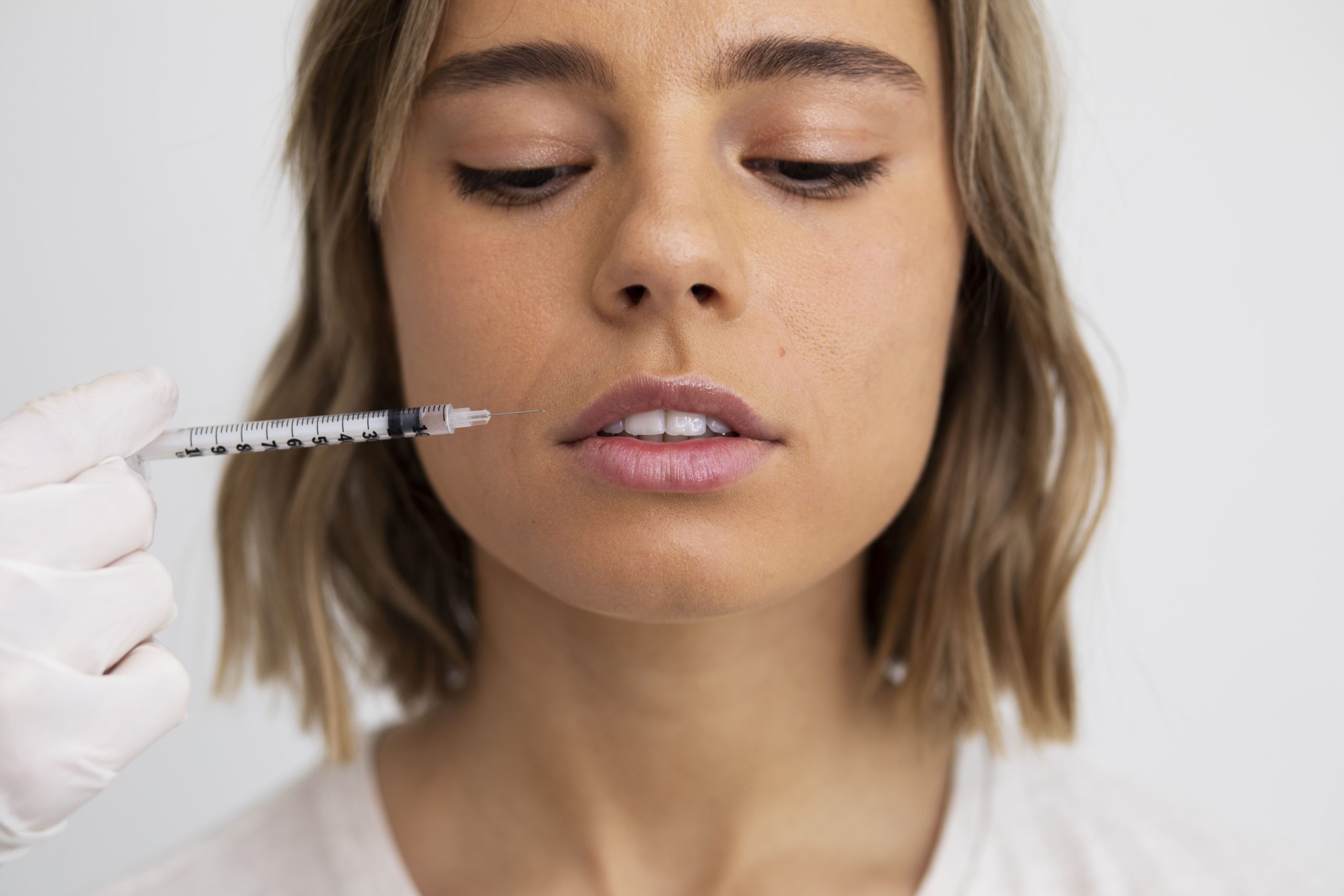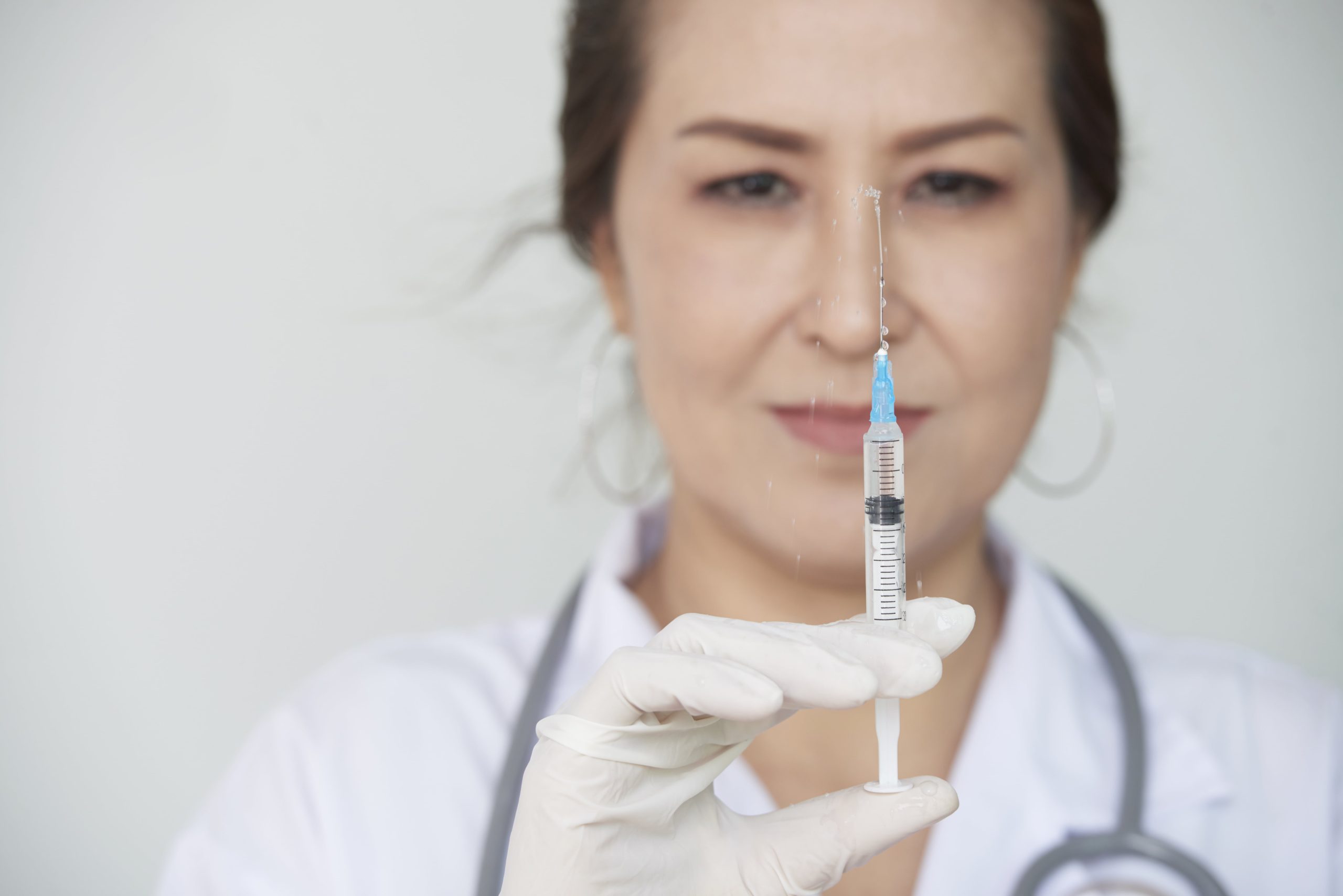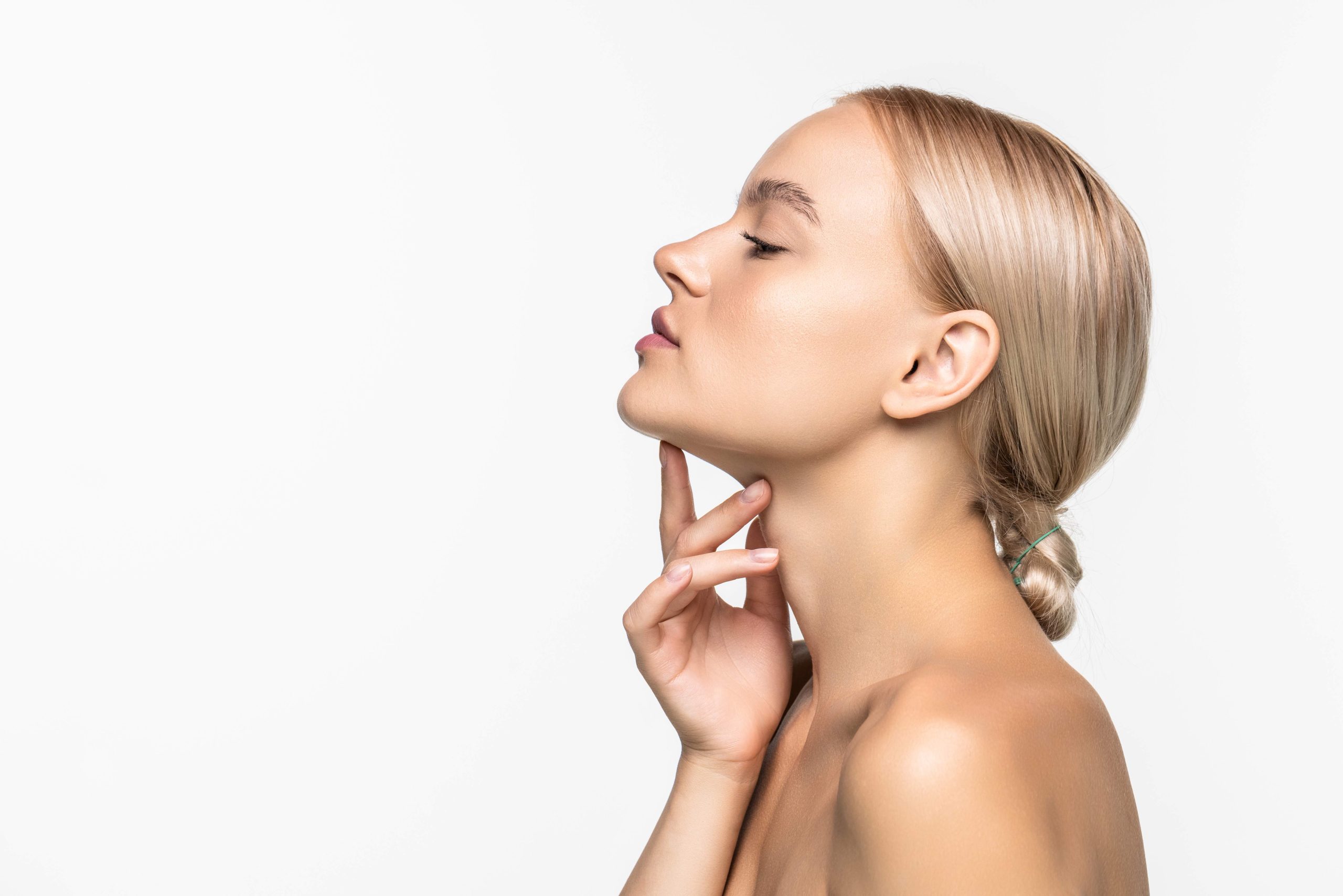How Long Does Chin Filler Take to Settle? A Complete Guide

Key Takeaways
- Chin filler typically settles within four weeks.
- Initial swelling and firmness are normal during the first few days.
- Full integration of chin dermal filler happens by weeks 2-3.
- Follow-up appointments are best scheduled around 3-4 weeks after treatment.
- Prolonged swelling, asymmetry, or pain should prompt clinical evaluation.
Chin fillers have become an essential tool in non-surgical facial contouring, offering patients a balanced profile without invasive procedures. Whether it’s 1ml chin filler for subtle enhancement or a more substantial chin and jaw filler transformation, understanding the healing process is vital. One of the most common questions patients ask is: how long does chin filler take to settle?
What Happens During the Chin Filler Settling Process?
After injection, chin filler immediately adds volume and definition, but the journey to the final result involves several stages. Initially, the dermal filler in the chin area triggers a mild inflammatory response. This leads to temporary swelling, firmness, and in some cases, minor bruising. Over time, the filler integrates into the surrounding tissues, contouring and softening into its final shape.
The concept of “settling” refers to this process of integration, tissue adaptation, and resolution of post-treatment swelling. Proper chin filler aftercare during this time plays a crucial role in achieving smooth, natural-looking results. Medical practitioners should explain this biological process clearly to patients during consultations to set realistic expectations.
Chin Filler Settling Timeline: What to Expect
Every patient’s healing journey after chin filler treatment is slightly different, but there is a general timeline that most follow. Being familiar with the typical chin filler swelling stages allows practitioners to better manage expectations, reassure patients during recovery, and identify when healing is progressing normally:
- Immediately Post-Injection: The results are visible straight away. However, the shape may appear slightly exaggerated or uneven due to initial swelling.
- Days 1-3: This is the peak period for swelling and potential bruising. The chin may feel firmer than expected.
- Days 4-7: Swelling gradually decreases, and the chin contour begins to look more defined.
- Weeks 2-3: The injectable fillers for the chin fully integrate with the tissue. The area softens, and any residual asymmetry often corrects itself.
- 4 Weeks: By the one-month mark, the filler is considered fully settled. This is the ideal time to reassess and plan any touch-ups if necessary.
Post-procedure management plays a critical role in results, as highlighted in chin filler aftercare, which details key aftercare principles specific to chin filler treatments.

Key Factors That Influence the Settling Speed
Several variables can affect how quickly a chin dermal filler settles:
- Type of filler used: Hyaluronic acid (HA) fillers typically integrate faster than biostimulatory products like Radiesse.
- Volume and depth of injection: A higher volume or deeper injection can result in slightly longer settling times.
- Individual healing response: Age, metabolic rate, and overall health all impact tissue recovery.
- Lifestyle factors: Smoking, alcohol use, excessive exercise, and sun exposure can delay healing.
- Treatment reactions: Patients who experience significant bruising, swelling, or minor asymmetry may require a longer adjustment period.
Selecting reputable, medical-grade products is crucial for consistent patient outcomes. Clinics can source premium options and buy dermal fillers from the Best Buy Fillers shop to ensure product integrity, safety, and optimal clinical performance.
How to Support Chin Filler Settling
Providing evidence-based aftercare recommendations enhances the final aesthetic result and minimises complications:
- Follow aftercare instructions: Patients should avoid heavy exercise, alcohol, heat exposure, and facial pressure for at least 48 hours.
- Use cold compresses early: Applying a cold compress in the first 24 hours helps minimise swelling. It should never be placed directly on the skin.
- Elevate the head: Sleeping with the head elevated reduces swelling and prevents filler migration.
- Avoid touching or massaging the area: Unless specifically instructed by the practitioner, patients should not manipulate the treated area.
Recognising When Patients Need Clinical Assessment
While mild swelling and firmness are part of the normal healing process, certain signs may indicate the need for clinical evaluation. Persistent lumps or asymmetry that do not resolve beyond two to three weeks could suggest that the filler has not integrated properly or that additional intervention is necessary.
Pain, heat, or discolouration in the treated area must be treated as urgent concerns, as they may point to vascular compromise or infection. Identifying these signs early and acting promptly can prevent more serious complications and protect the patient’s health and cosmetic outcome.
Additionally, delayed swelling or the formation of nodules, although rare, can occur weeks after the initial procedure. These late-onset reactions require careful assessment and appropriate management to ensure patient safety and treatment success. Recognising adverse events early enables practitioners to intervene quickly, maintaining patient trust and the integrity of the aesthetic results.
Planning Follow-Up and Touch-Up Appointments for Optimal Results
An essential part of managing chin filler cases is accurately timing reassessments to evaluate tissue integration and overall symmetry. Ideally, follow-up should be scheduled around three to four weeks post-injection. By this time, swelling has resolved, the filler has integrated fully, and a clear evaluation of the chin filler results is possible.
Small touch-ups, such as adding an extra 0.5ml or 1ml chin filler, can further refine contouring if necessary. For practitioners aiming to deliver consistently balanced outcomes, further insights on the use of chin filler can be beneficial when planning long-term strategies.

FAQ
How long is the chin tender after fillers?
Mild tenderness is common for the first few days following chin injection filler procedures. Typically, tenderness subsides significantly by the end of the first week, although slight sensitivity can linger for up to two weeks in some cases.
How do you know if the chin filler has gone wrong?
Signs that something may be wrong include persistent swelling, severe asymmetry, hard lumps, skin discolouration, or intense pain. Immediate clinical evaluation is necessary if any of these symptoms occur.
What is the best age to start fillers?
There is no “perfect” age, but most patients begin using dermal filler chin treatments in their late 20s to early 30s to address early volume loss or asymmetry. Preventive use can help maintain facial balance before more dramatic changes occur.
How long does chin filler stay hard for?
Chin filler may feel firmer than natural tissue for the first week or two. As the filler integrates and swelling subsides, the chin should gradually soften and feel natural by around three to four weeks post-treatment.
What are the cons of chin fillers?
Potential downsides include bruising, swelling, the risk of asymmetry, filler migration, and rare vascular complications. Results are also temporary, meaning that maintenance treatments are required to sustain the effect.
In Conclusion
Understanding how long chin filler takes to settle empowers both practitioners and patients to achieve the best outcomes. With proper technique, patient education, and aftercare, chin fillers can create stunning transformations, whether subtle enhancements or bold profile changes. Monitoring healing stages, recognising complications early, and planning timely follow-ups ensure that every before and after chin filler journey is a success.
Sources:
- Go, B.C.; et al. Using injectable fillers for chin and jawline rejuvenation. Wiley. 2023. https://onlinelibrary.wiley.com/doi/full/10.1002/wjo2.93
- Yun Xie; et al. Chin Augmentation and Treatment of Chin Retrusion with a Flexible Hyaluronic Acid Filler in Asian Subjects: A Randomized, Controlled, Evaluator-Blinded Study. PubMed. 2024. https://pubmed.ncbi.nlm.nih.gov/38315229/
- Chen, B.; et al. Chin Augmentation With Hyaluronic Acid: An Injection Technique Based on Anatomical Morphology. ResearchGate. 2022. https://www.researchgate.net/publication/360262631_Chin_Augmentation_With_Hyaluronic_Acid_An_Injection_Technique_Based_on_Anatomical_Morphology
Continue reading

Radiesse or Juvederm? Which One Should You Use for Facial Contouring?
Facial contouring is more than just adding volume – it’s about sculpting definition, correcting asymmetries, and enhancing structure. Achieving those goals requires the right product, precise technique, and a deep understanding of dermal filler properties. Among the most commonly used injectables in aesthetic medicine, Radiesse and Juvederm stand out as…
Read More
Radiesse vs Sculptra: Which Collagen-Stimulating Filler Is Better?
As the popularity of natural beauty trends, like the no-makeup makeup look, continues to rise, the demand for subtle, long-lasting enhancements has reshaped the filler industry as well. More patients are turning to treatments that enhance their features while correcting concerns like uneven texture or volume loss, all without compromising…
Read More
Non-Surgical Jaw Definition: Radiesse Jaw Before and After Transformation
In the age of defined features and sculpted profiles, jawline contouring has become one of the most in-demand aesthetic procedures among both male and female patients. But not everyone is ready for surgery or permanent changes. That’s where non-surgical options like Radiesse jawline enhancement come in, offering a high-impact transformation…
Read More